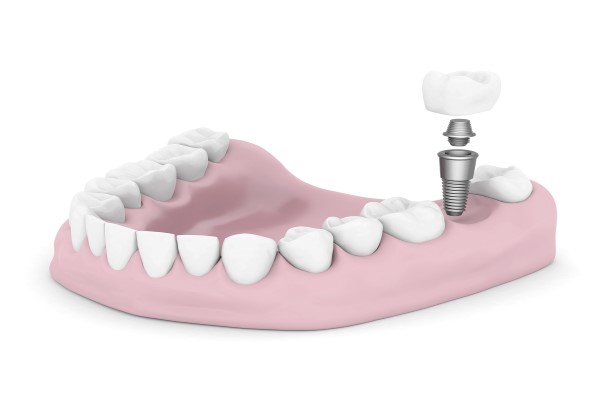Treatment Options from a Periodontist for a Gummy Smile

Your periodontist can improve your smile. A gummy smile happens when excess gums go over your teeth. The gums make your teeth smaller or shorter. It can vary from one patient to the next. Correcting a gummy smile depends on how you perceive your smile. If you want to know a periodontist’s treatment options for correcting a gummy smile, here are the details.
Lip repositioning
There are cases where the lips cause a gummy smile. Lip repositioning changes the lip’s position to match the teeth. The periodontist removes part of the connective tissue from the underside of the upper lip. Doing so prevents the nose and elevator muscles from lifting the upper lip above the teeth.
The periodontist will inject a local anesthetic into the area to ensure a painless procedure. The procedure will then start with two incisions on the underside of the upper lip. Stitching up the incisions will happen after removing some connective tissue. This lasts for 45 minutes to an hour. The dentist will prescribe pain relievers and antibiotics. Recovery time often takes a week.
Gingivectomy
This procedure aims to remove excess gums covering the surface of teeth. Another term for this is gum contouring. Here, the periodontist will inject a local anesthetic to make sure the patient does not feel any pain. The dentist will reshape or trip the gums using a scalpel or laser. This will reveal more of the teeth underneath.
The gums will likely feel sore and bleed for a week. It is normal for a patient to return for at least one treatment. The gums will not regenerate after this procedure. This makes gingivectomy a permanent procedure.
TADs (temporary anchorage devices)
Talking to a periodontist will determine if the patient can use TADs. This device will pull teeth into the right position. This will correct the patient’s gummy smile. In this treatment, the periodontist will implant tiny screws into the patient’s jawbone. The dentist will inject a local anesthetic to make the procedure painless.
Orthognathic surgery
A periodontist could recommend this procedure if the patient’s excessive gum display is because of the patient’s jaw. Orthognathic surgery can balance the length of the lower and upper jaws. The patient must have orthodontic treatment first before the surgery. This will ensure the proper alignment of teeth and dental arches.
The dentist needs to place the patient under general anesthesia for this procedure. The patient will not be awake at all. The periodontist will remove a portion of bone from the upper jaw. This will balance out the patient’s lower and upper jaws. The dentist will reattach the jawbone using tiny screws and plates.
It will take some time for the patient to recover. The patient must remain in the hospital for about two to four days. This will allow the periodontist to monitor the patient’s progress. Elastics can hold the jaw’s position as it heals. Full recovery takes about six to 12 weeks.
Your periodontist can help treat your gummy smile with the right procedure
A gummy smile can be embarrassing for most people. That is why some of them prefer to hide their smiles or avoid photo ops. The right procedure can treat your gummy smile. An appointment with your periodontist can help determine which procedure can meet your needs.
Are you considering seeing a periodontist in the San Diego area? Get more information at https://www.torreyhillsperio.com.
Check out what others are saying about our dental services on Yelp: Periodontics in San Diego, CA.
Recent Posts
People who are seeking healthy gums but are dealing with challenges with gingivitis can see an expert periodontist, a dental professional who has studied the structures that support the teeth. These include the gums, the jawbone itself, and the ligaments that help hold the teeth in place.Periodontists are trained dentists who focus their attention on…
Wondering what the difference is between a regular dental cleaning procedure and a scaling and root planing procedure? Keeping gum disease at bay is important for all dental patients. Periodontists are dental specialists who focus on preventing, diagnosing and treating gum disease.Thinking about your upcoming scaling and root planing procedure? Periodontists are dental specialists who…
Pinhole gum surgery is a painless, non-invasive way of reversing gum recession. It is a far better alternative than the traditional option: Gum graft surgery. While gum surgery often requires multiple sessions in the dentist’s chair, pinhole periodontal surgery only needs one. There are many other reasons to choose pinhole surgery over a gum graft.…
A socket preservation graft can help speed the healing process after a tooth extraction. However, it is important to take some steps to help aid the healing process. Keeping the area clean will help you avoid an infection. You will also want to limit your diet in the first several days. It is a good…


